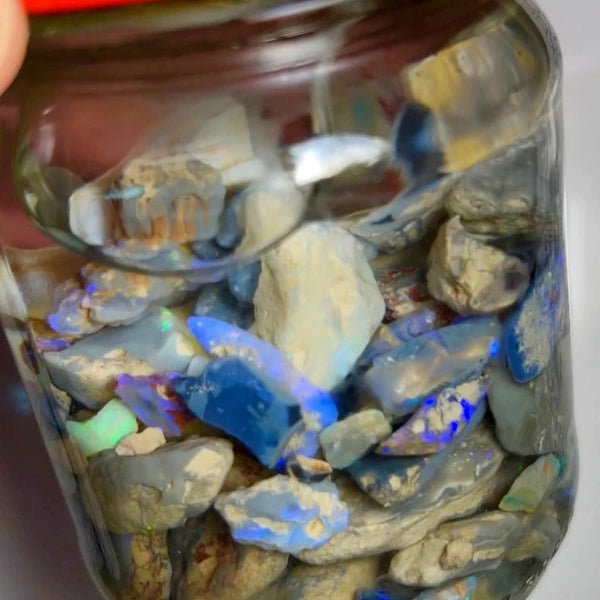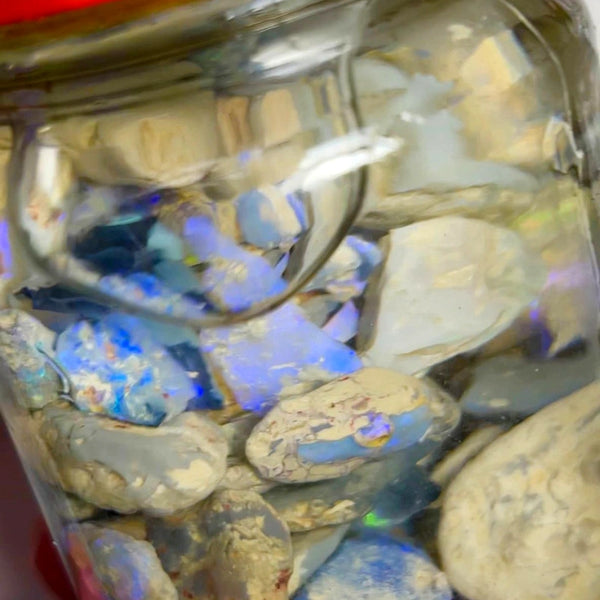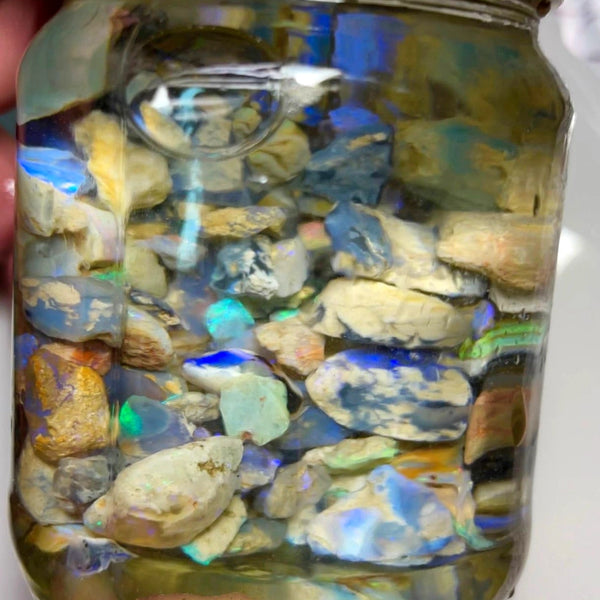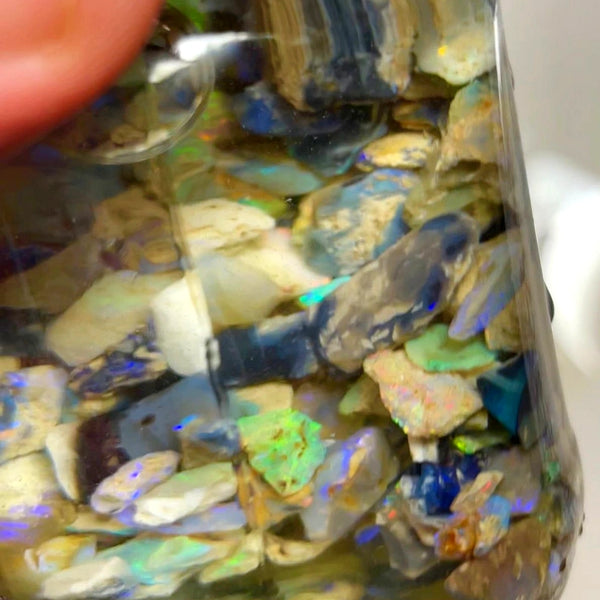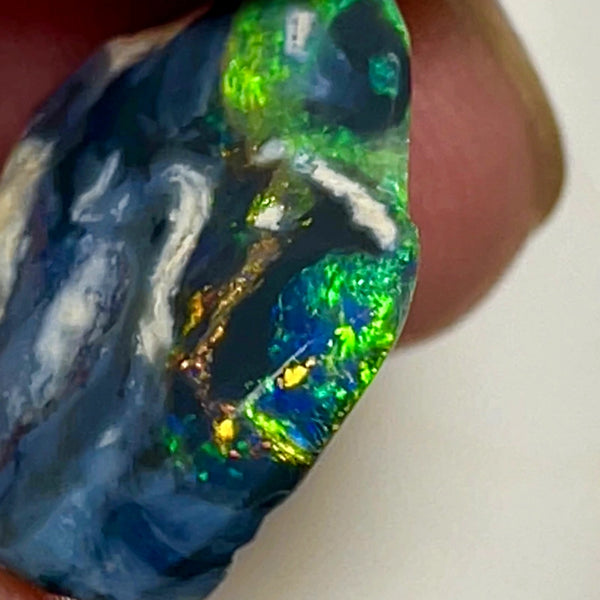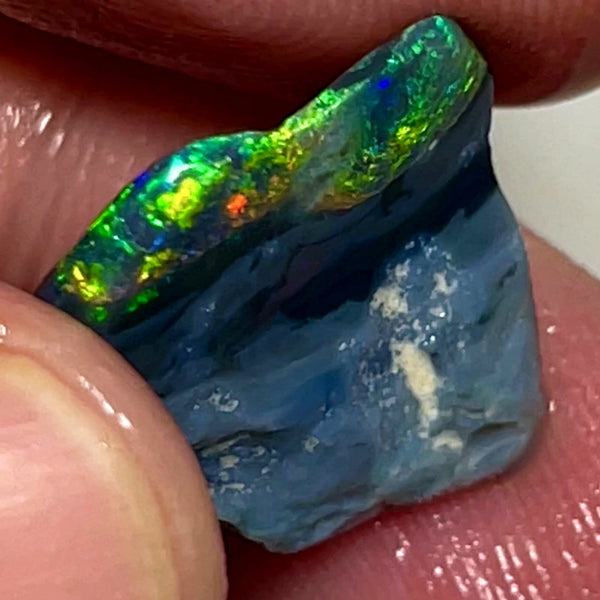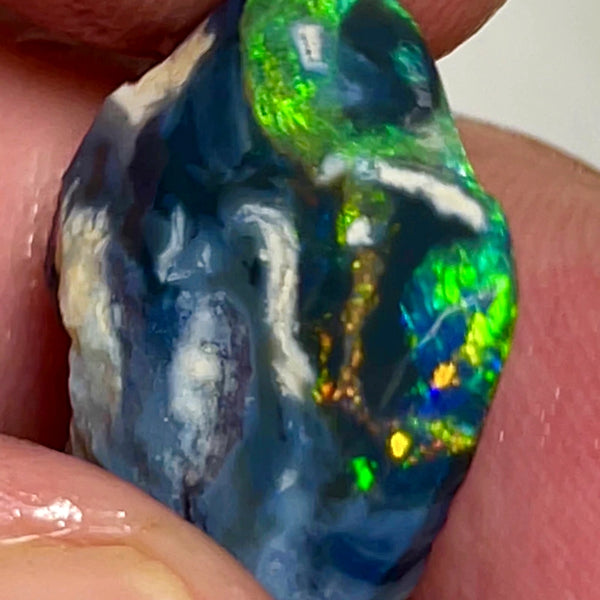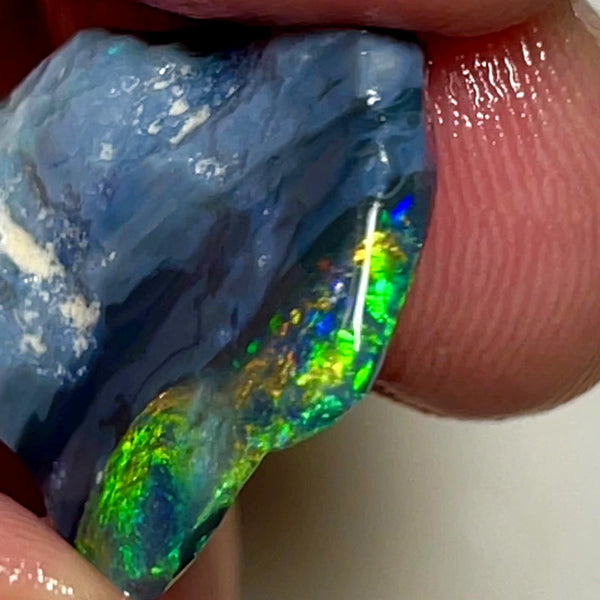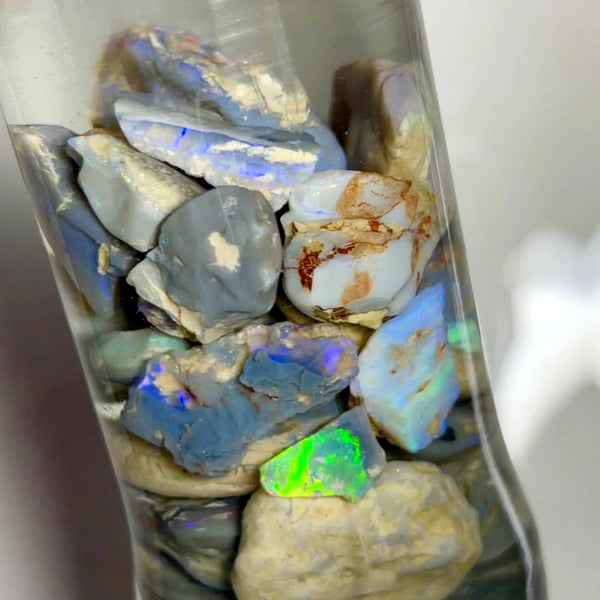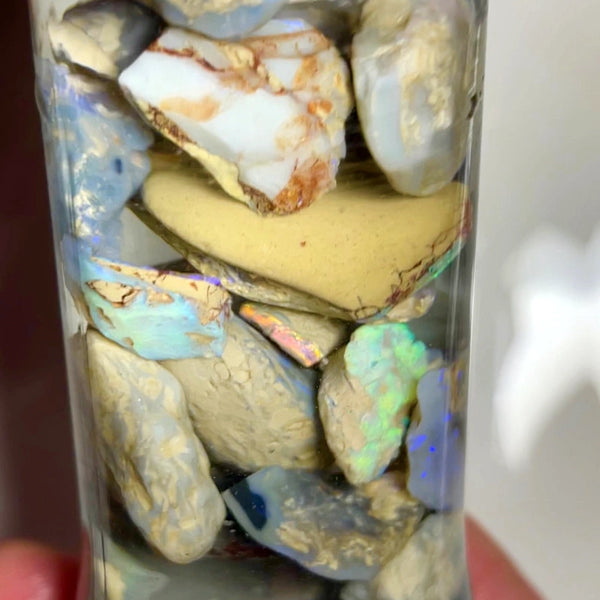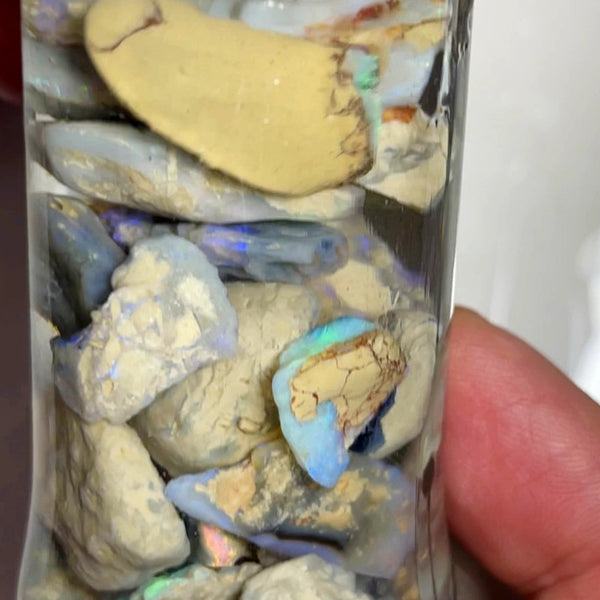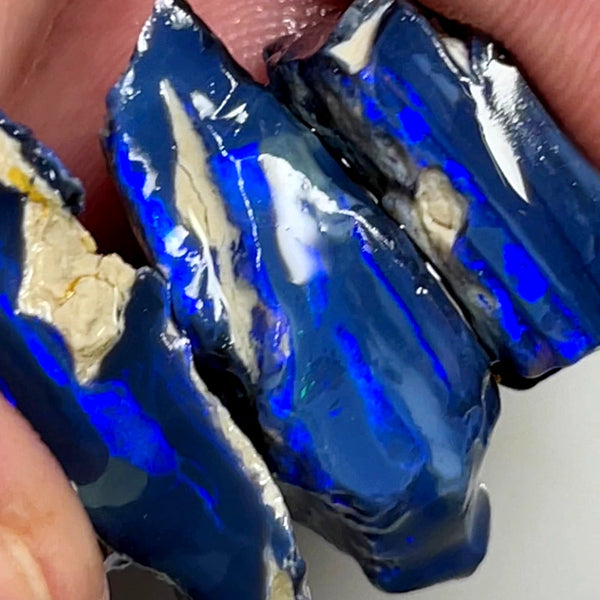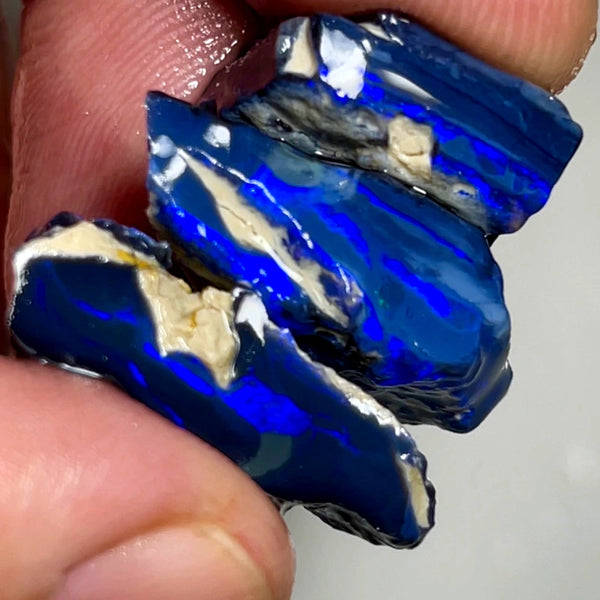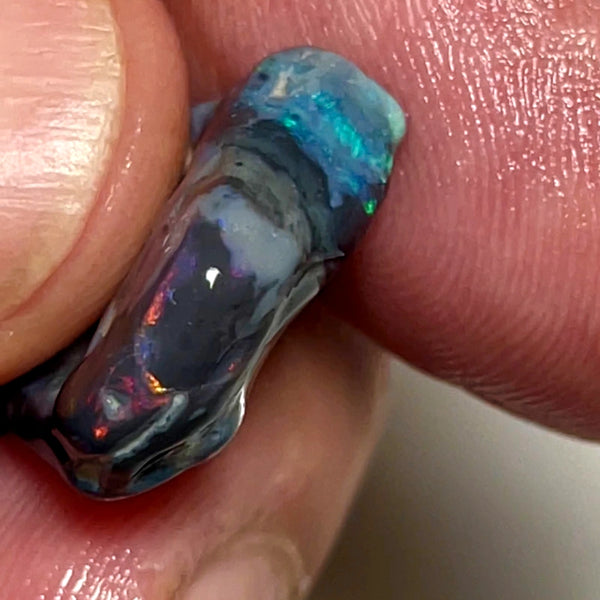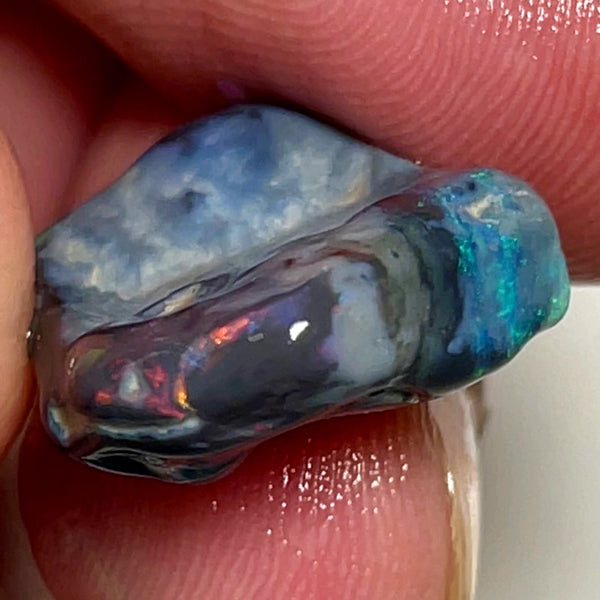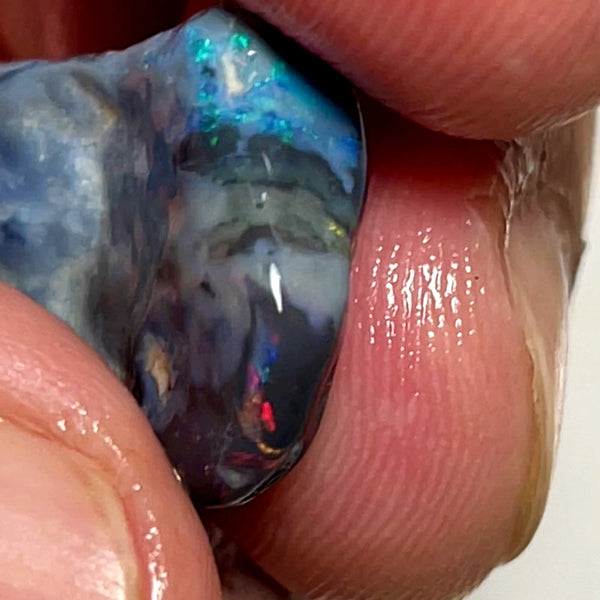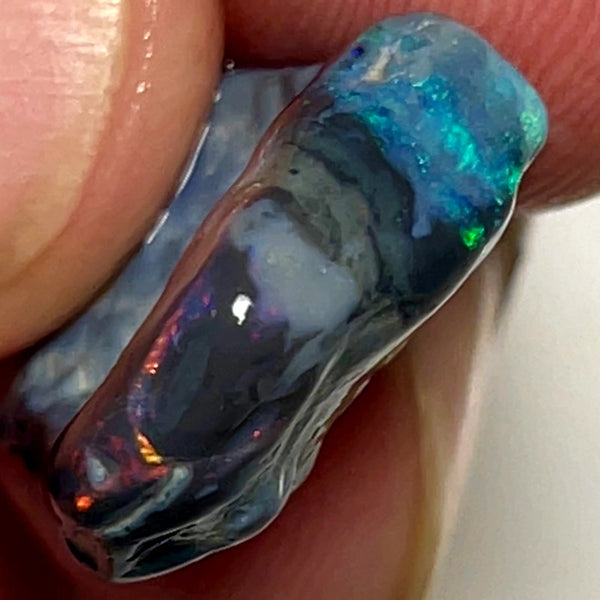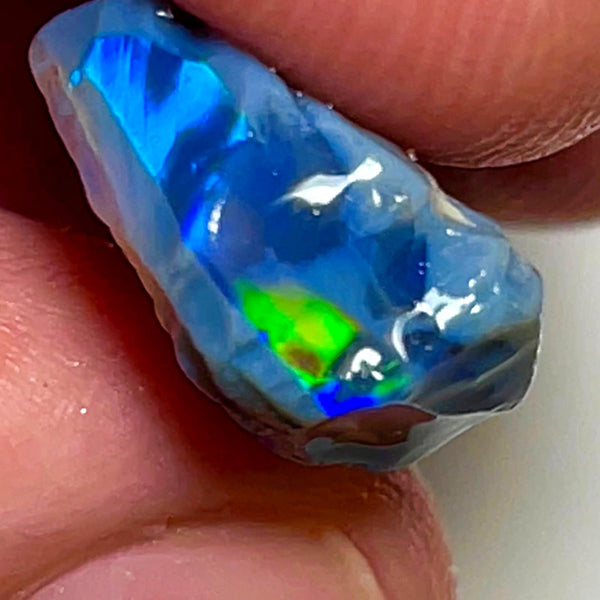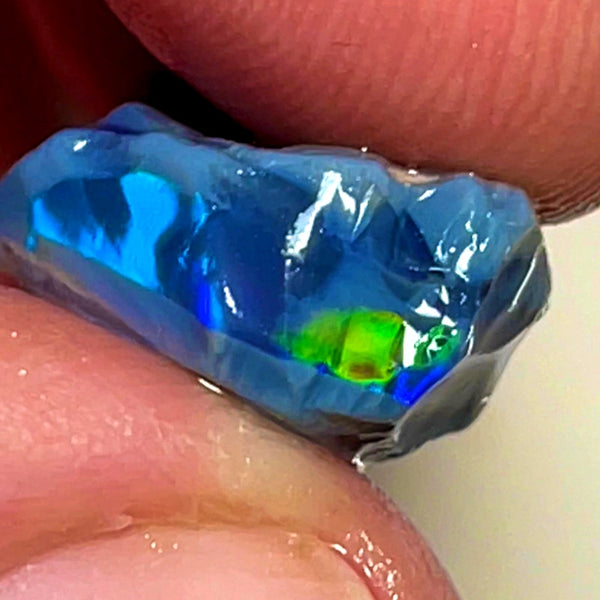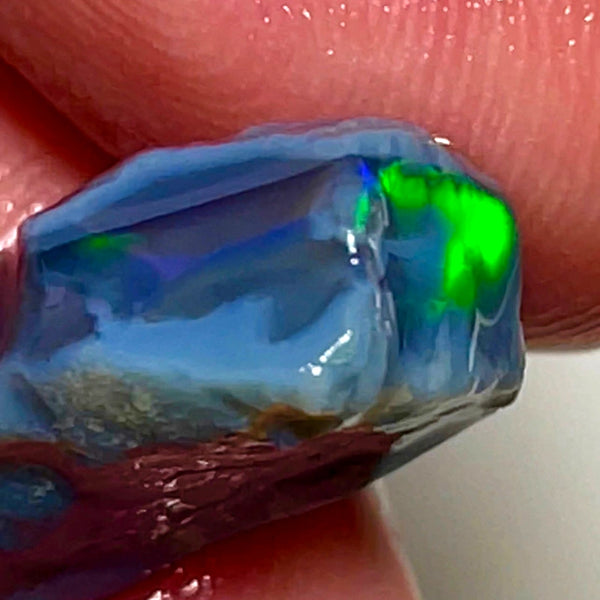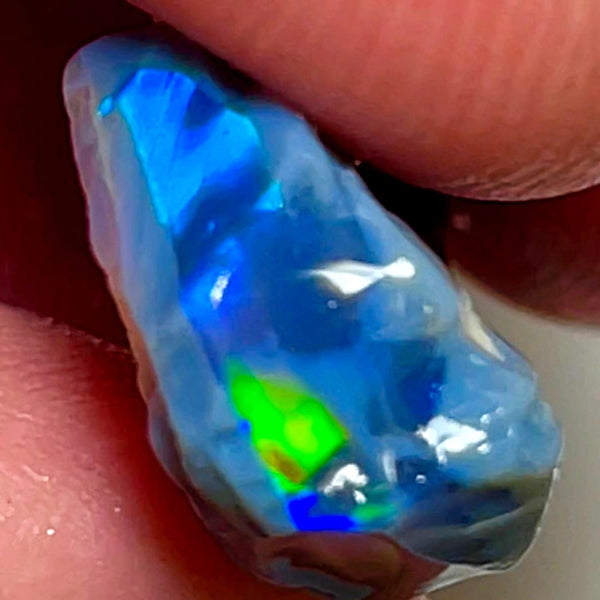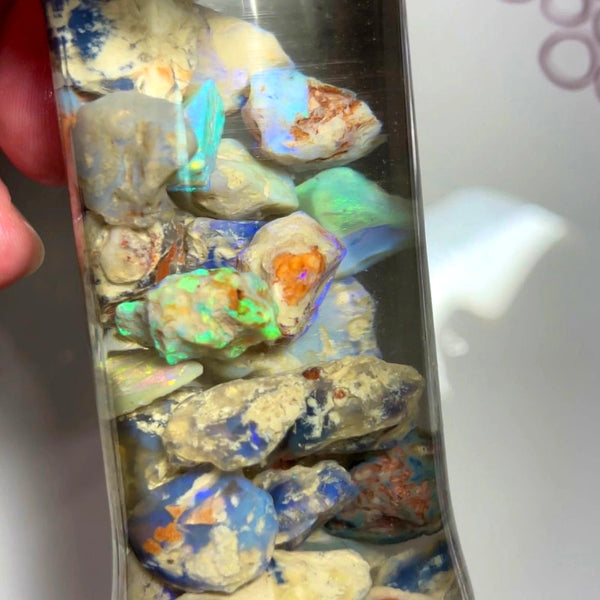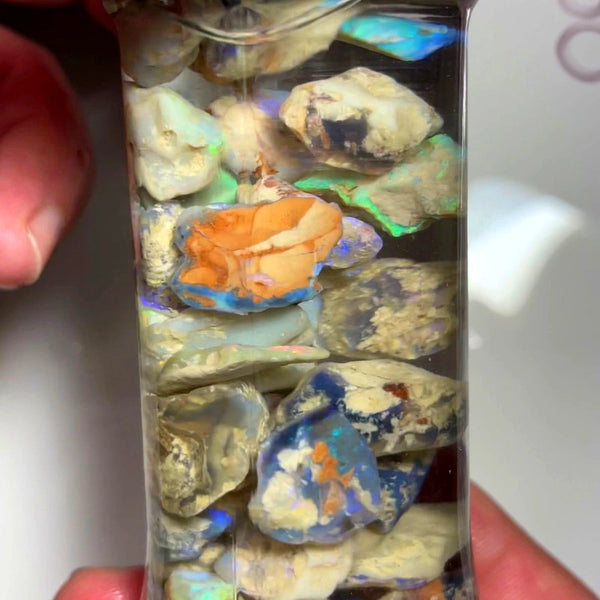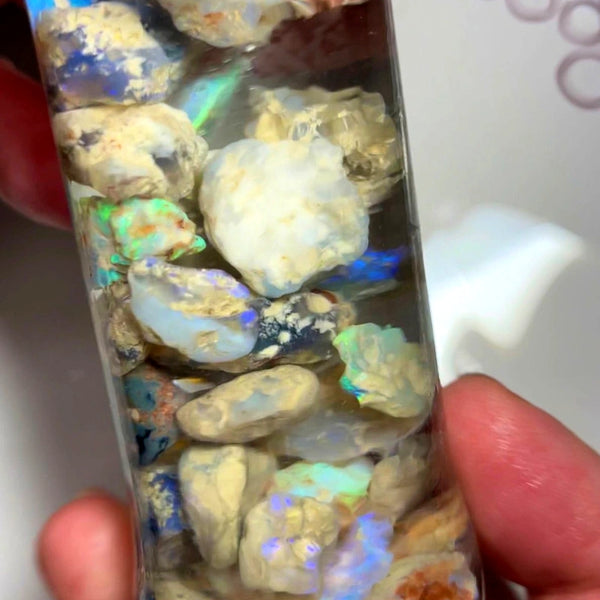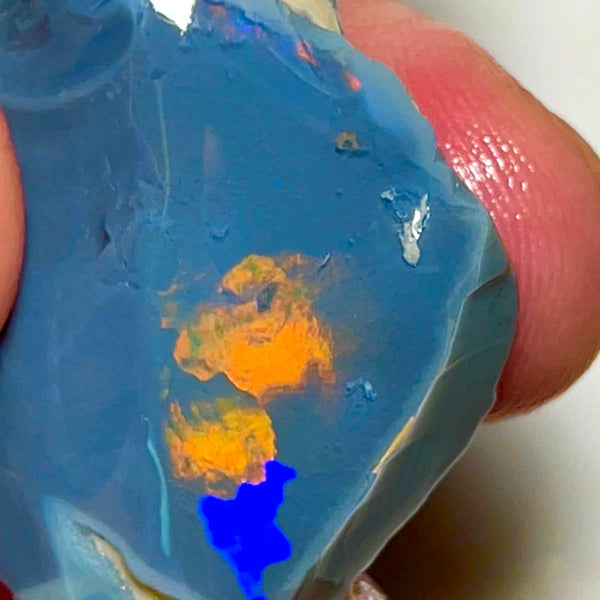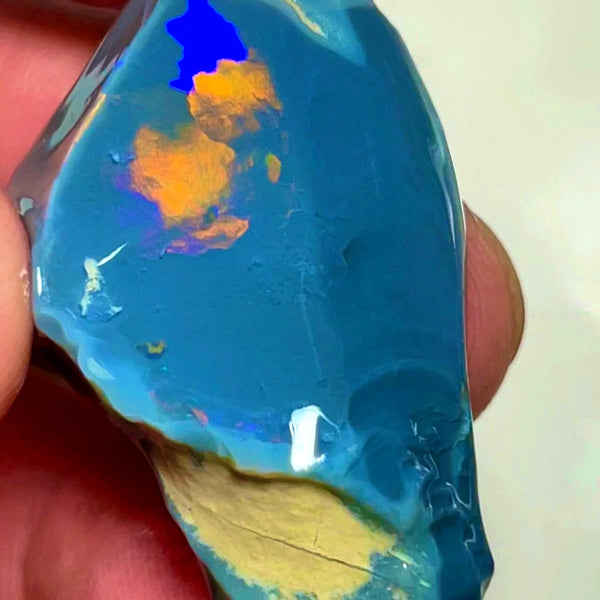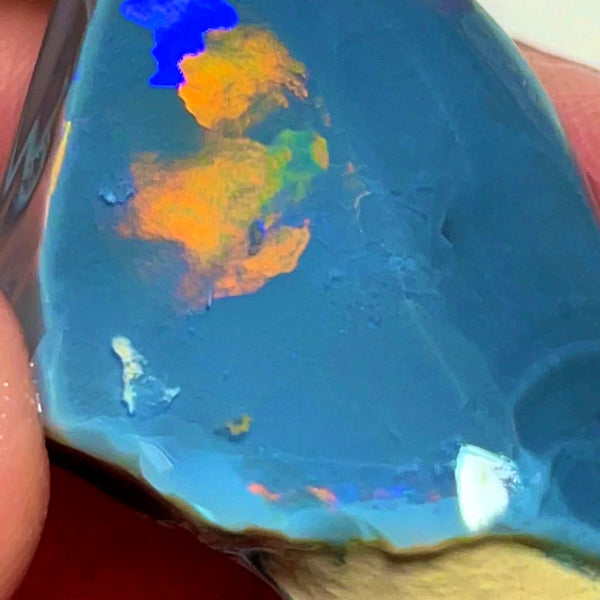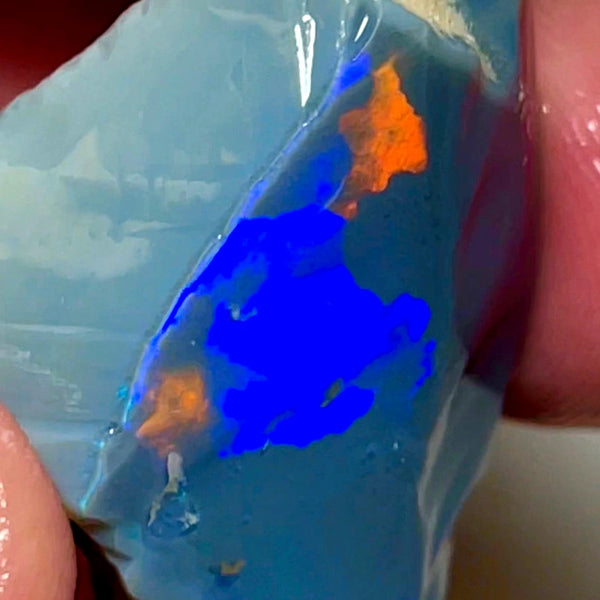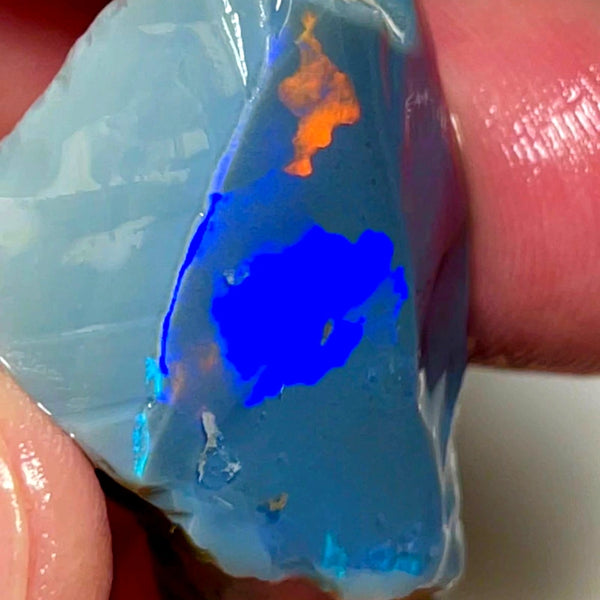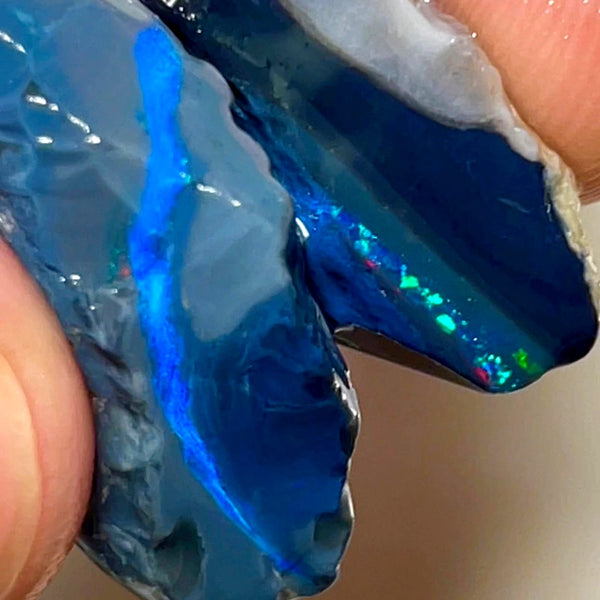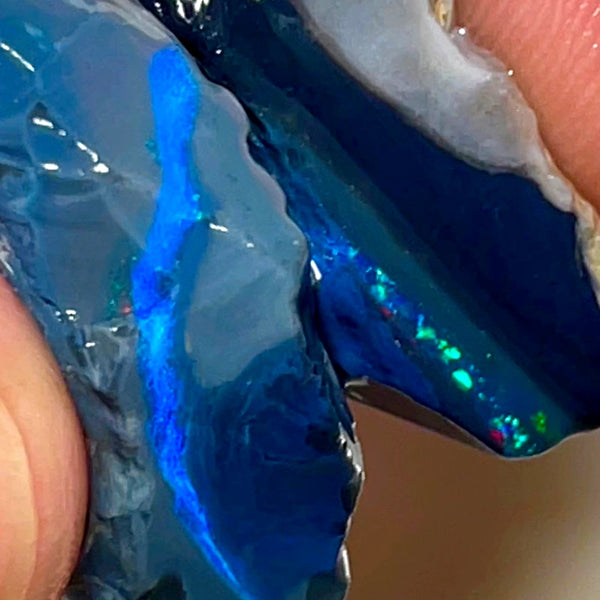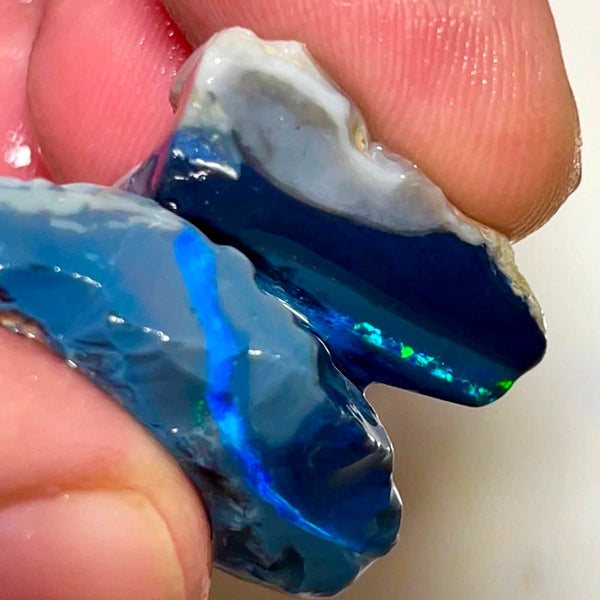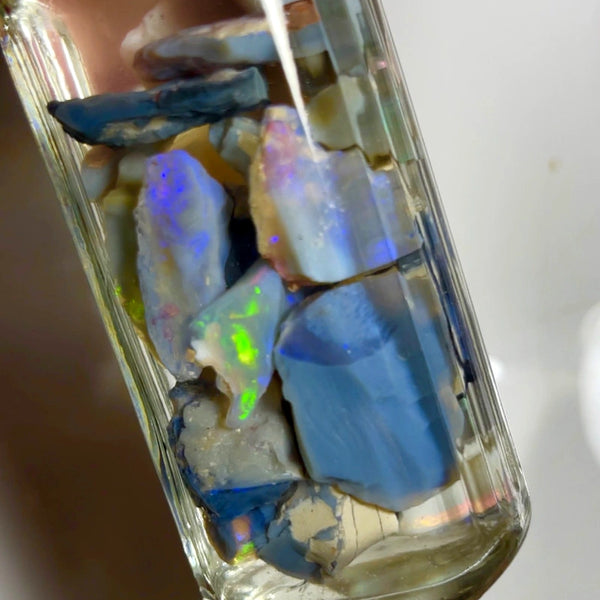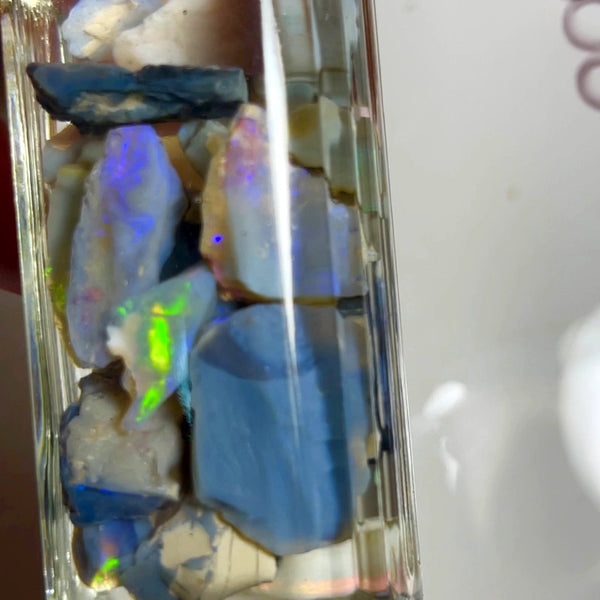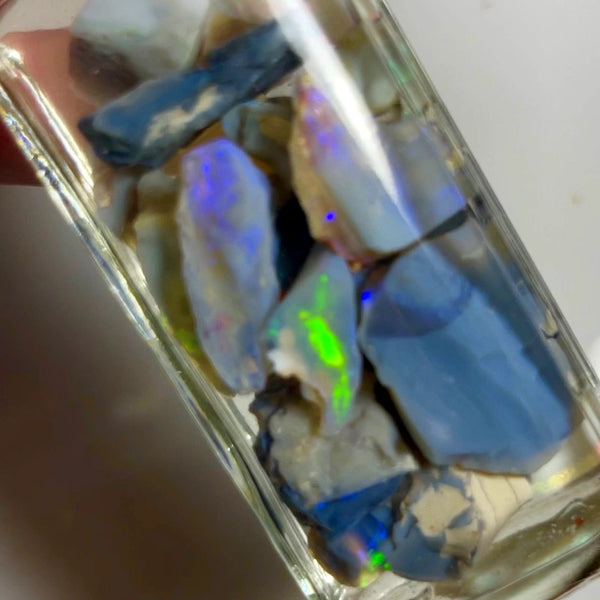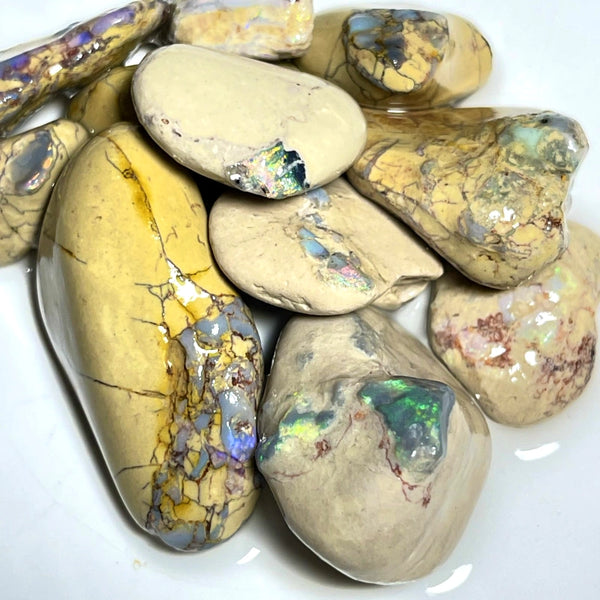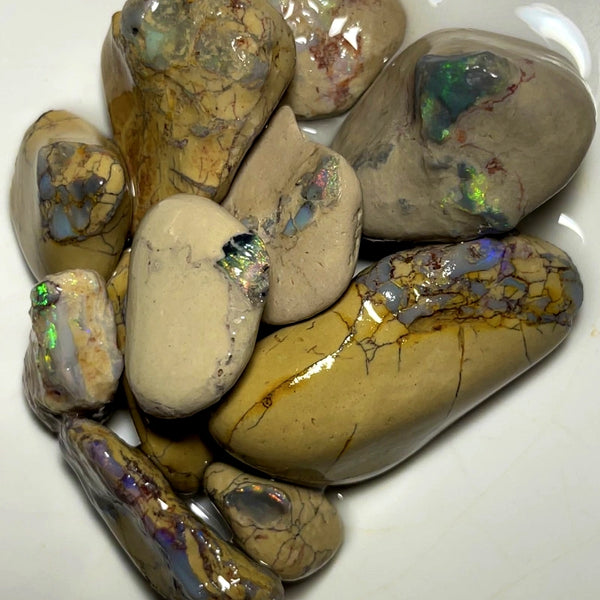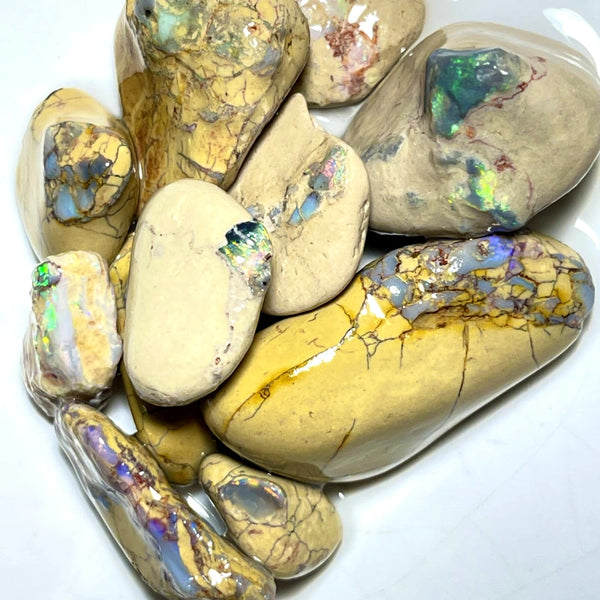Opal, a beautiful gemstone known for its vibrant colors and unique play of light, has long been associated with Earth. However, recent discoveries have revealed that opal can also be found on Mars, our neighboring planet. This revelation has left many people wondering: how is opal found on Mars? Let's explore the fascinating science behind this discovery.
1. Formation of Opal
Opal is a hydrated amorphous form of silica, meaning it contains water molecules within its structure. It typically forms in environments where water is present, such as hot springs or near the surface of the Earth. The process of opal formation involves the deposition of silica from water, which then undergoes a series of chemical reactions to create the unique structure and colors of opal.
2. Mars: A Watery Past
Although Mars is known for its arid and desolate landscape today, scientists believe that it had a much wetter past. Evidence from various missions, including the Mars Rover Curiosity, suggests that liquid water once flowed on the Martian surface. This water, combined with the presence of silica-rich rocks, created the perfect conditions for opal formation.
3. Opal Discoveries on Mars
In 2008, NASA's Mars Reconnaissance Orbiter (MRO) detected the presence of opal deposits on Mars. The MRO's Compact Reconnaissance Imaging Spectrometer for Mars (CRISM) instrument identified the characteristic spectral signature of opal in certain regions of the planet. These findings were further supported by the analysis of Martian meteorites that had fallen to Earth, which also contained traces of opal.
4. Opal as a Clue to Martian History
The discovery of opal on Mars is significant because it provides valuable insights into the planet's geological history. Opal is known to preserve delicate organic molecules and can act as a time capsule, capturing a snapshot of the environment in which it formed. By studying Martian opal, scientists hope to unravel the mysteries of Mars' past, including the presence of water and the potential for ancient life.
5. Implications for Future Exploration
The presence of opal on Mars also has implications for future human exploration of the planet. Opal is a potential source of water, as it contains significant amounts of bound water molecules. Water is a crucial resource for sustaining life and could be used for drinking, growing plants, and even producing rocket fuel. The discovery of opal deposits on Mars opens up possibilities for utilizing these resources in future missions.
Conclusion
Opal, a gemstone long associated with Earth, has been found on Mars, providing a fascinating glimpse into the planet's geological history. The presence of opal suggests that Mars had a watery past and raises intriguing questions about the potential for ancient life. Furthermore, opal deposits on Mars could serve as valuable resources for future human exploration. As scientists continue to study these Martian gemstones, we can look forward to uncovering more secrets about our neighboring planet.



